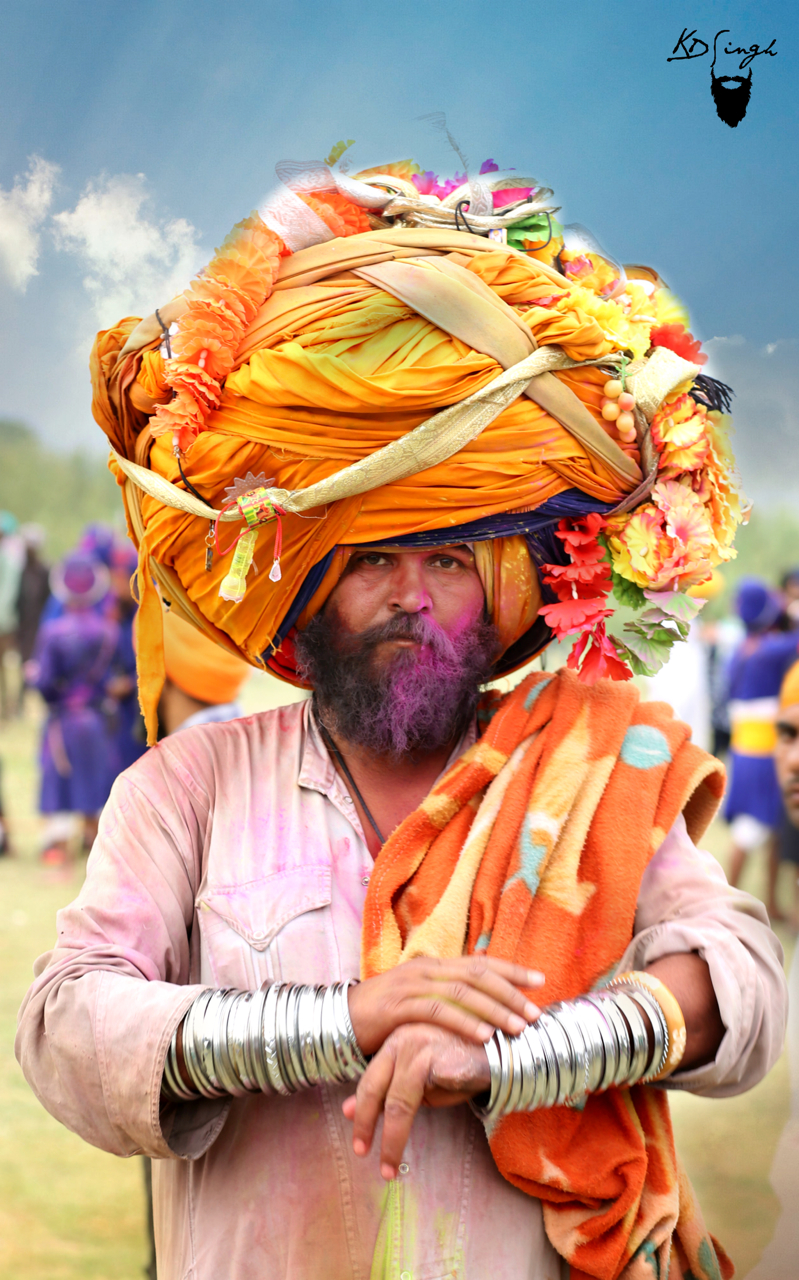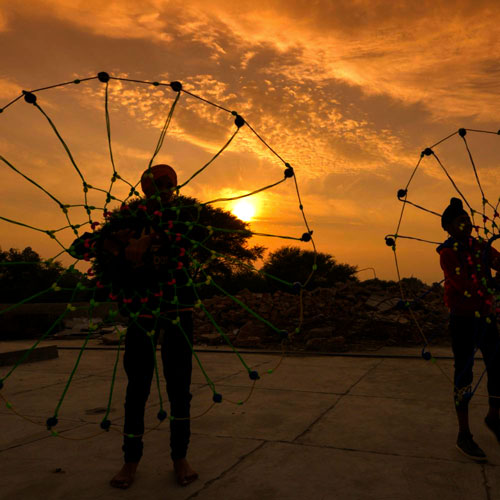One of the largest and most conspicuous festivals of Sikhs is Hola Mohalla. The festival has its roots in the Hindu festival of Holi which is celebrated over three days to mark the arrival of spring with colours. An annual Sikh festival celebrated in Anandpur Sahib in Punjab Hola Mohalla is a rare twist to the Holi festival, being held a day after it. Well, it has drama, bright festive colors and an extraordinary, conventional display of bravery and valour by the Nihang warriors.
The mythological figure of the young and brave Prahalada, who defied his own father had a deep impact on the early Sikh Gurus. Holi is observed to celebrate the victory of Prahalada over Holika, his evil aunt who incinerated herself in an attempt to burn Prahalada. The early Sikh Gurus incorporated the stories of Prahalad in the holy scriptures of Sikhs. In 1680, Guru Gobind Singh concretized this by instating the festival of Hola Mohalla and invited the warrior clans of Sikhs, the Akhals or the Nihangs to attend the festivities, thereby adding a martial element to it.
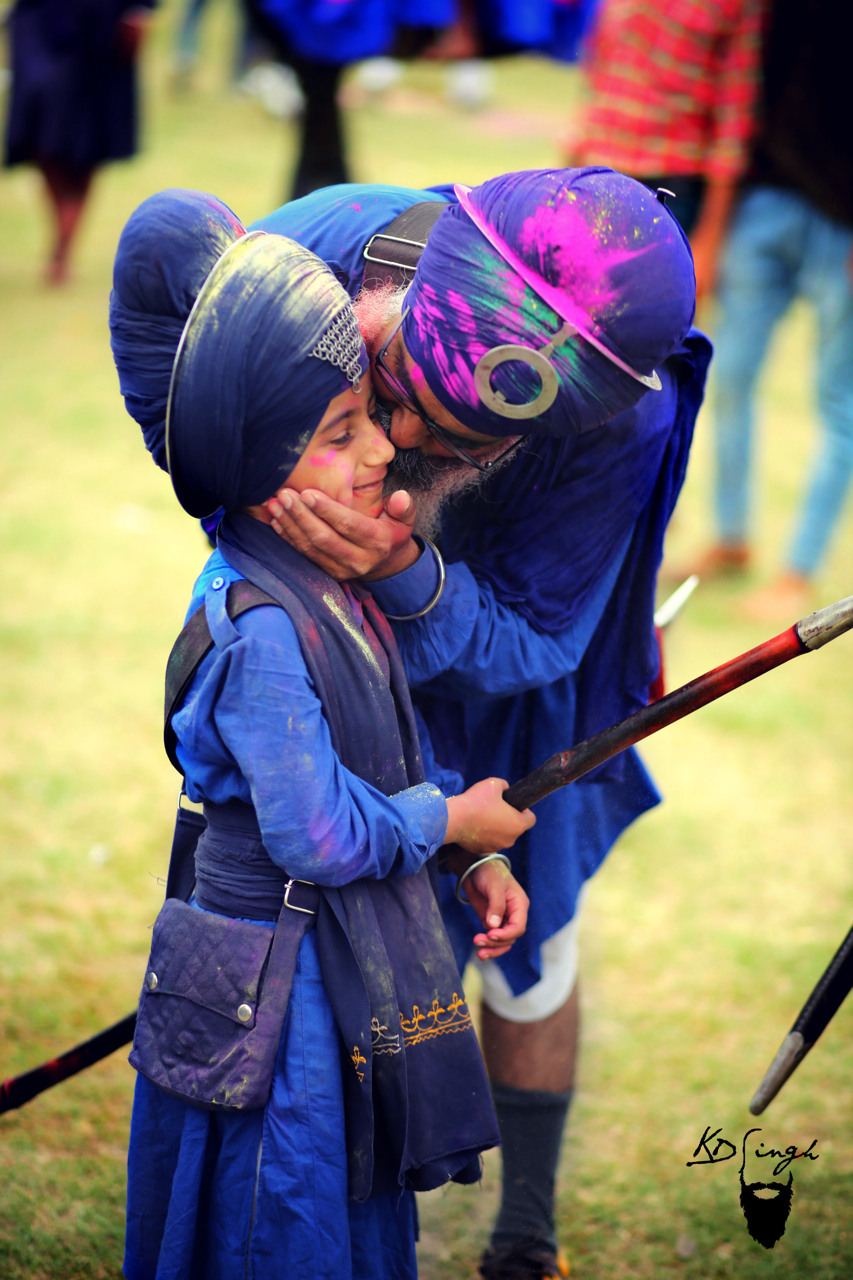
The festivities as we know it today was started in Anandpur Sahib, at the beginning of 18th century. Guru Gobind Singh organised the first procession accompanied by drums in Anandpur on 22 February 1701 A.D. announcing the arrival of Hola Mohalla to the entire Sikh community. Soon the festivities spread to other places in Punjab including the Gurudwaras around Shivalik mountains and Kiratpur Sahib.
The three days to a week-long festival is celebrated with a lot of fanfare with Sikhs pouring into Anandpur Sahib from all over the world. One of the most important spiritual centres of Sikhism, Anandpur Sahib is the locus of Sikh spiritual studies. Hola Mohalla combines the Hindu festival of Holi with splashing colours on one another with the Ghatka performances by Sikhs, most notably the warring sect of the Nihang or Akhal. Historically, the red colour, Gulal was thrown at the end of the combat performance of Ghatka or mock battles for visual effect and also to get the warriors used to the idea of bloodshed in a war. These mock battles are the main draw for people attending Hola Mohalla at Anandpur Sahib.
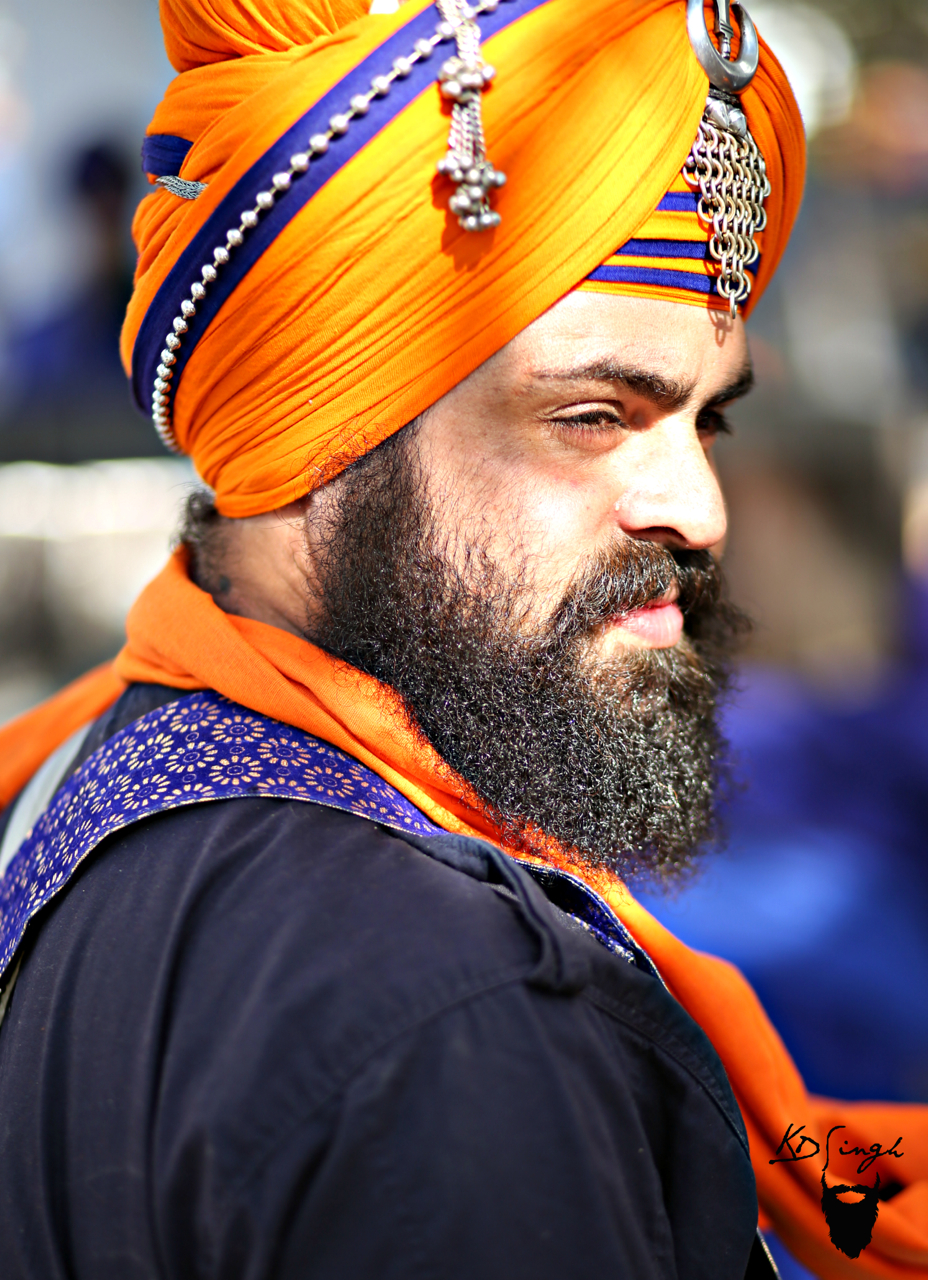
The etymology of the word Hola Mohalla has roots from Sanskrit, Persian and Arabic. One of the beliefs is the word Hola is a masculine form of Holi while others believe that it is derived from the word Hal, meaning attack in Persian and Arabic. Mohalla is derived from Mahalia which stands for “an organized procession in the form of an army column accompanied by war drums and standard-bearers and proceeding to a given location or moving in state from one to another.”
A signature experience of this spiritual festival is the Nagar Kirtan, where the Panj Piare, the beloved five, leaders of various sects of Sikhism, participate in a procession together carrying swords and wearing saffron with the Guru Granth Sahib behind them on the float. Kirtans are sung as the procession progresses which speaks about the history of Gurus and their teachings.
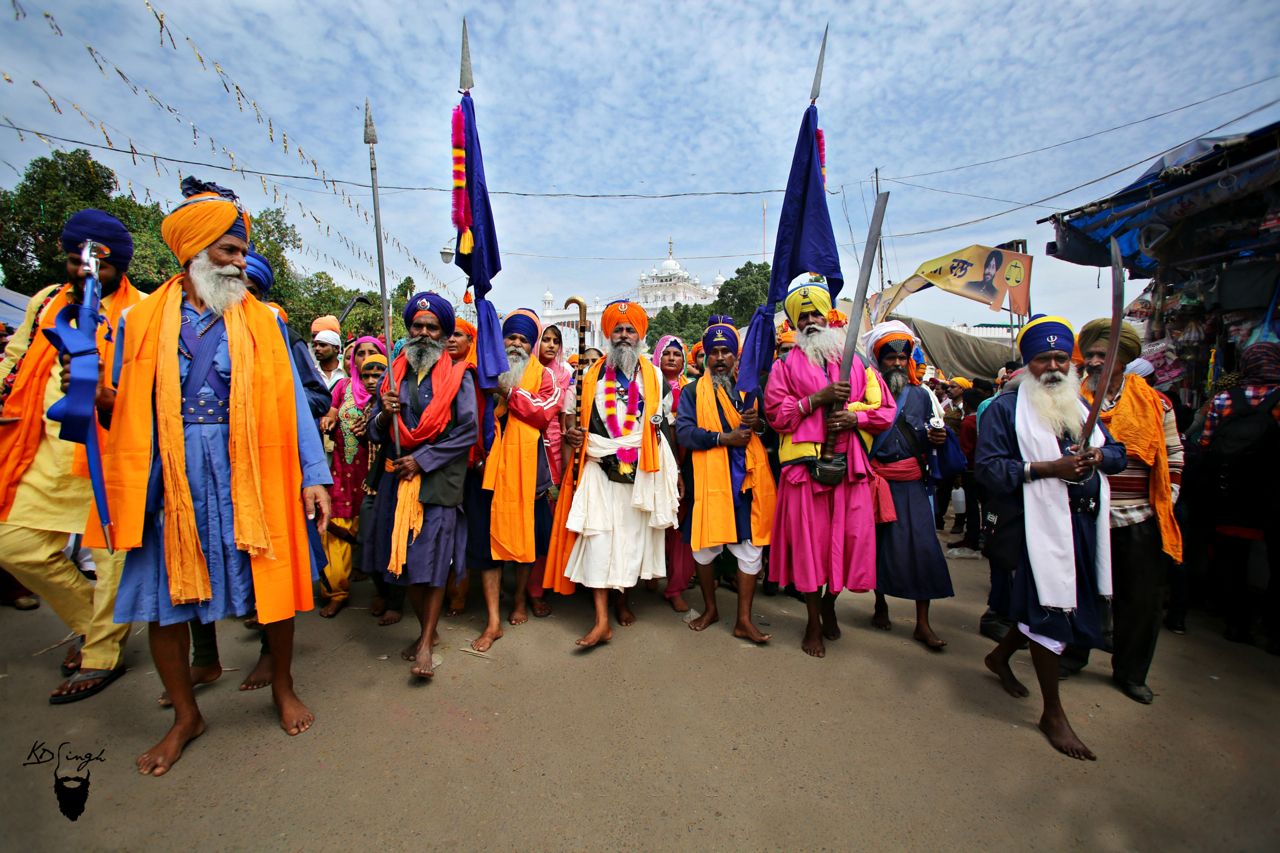
A not to be missed treat is the free food and beverages offered by the various Langars all over the town where delectable vegetarian food is served to all without discrimination. People are seated on the ground in long rows, called Pangats. Everyone is encouraged to volunteer in these community kitchens by cooking or cleaning. This is believed to be a spiritual exercise.
Hola Mohalla concludes with a long, “military-style” procession near Takht Sri Keshgarh Sahib, one of the five seats of temporal authority of the Sikhs.
Although the city of Anandpur Sahib is choc-o-block during the week of Hola Mohalla, Anand at the Satluj is a retreat located away from the bustle of the town amidst blooming mustard fields with the Shivaliks in the distance bowing down to the sacred Anandpur Sahib. Satluj river flows just adjacent adding to the idyllic beauty of Anand at the Satluj. Located amidst farms in a bucolic setting, one gets to experience the beauty and simplicity of rural life and the famed warmth and hospitality of Punjabis and their never-ending cornucopia of rich, delicious food.
